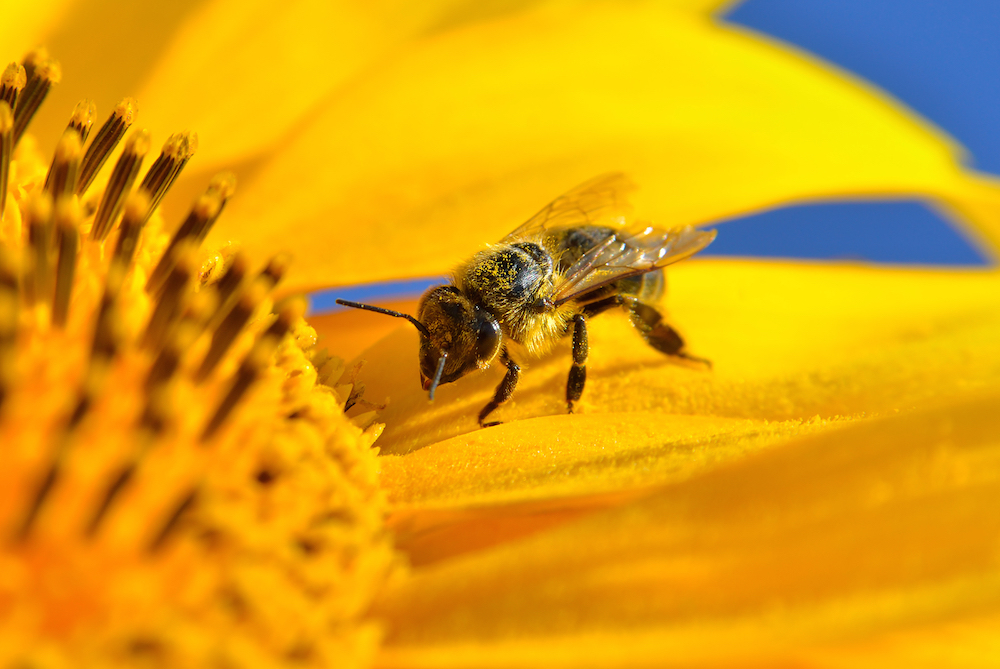READY TO GET STARTED?
REQUEST A FREE ESTIMATE
Fill out the form below or call (888) 466-7849 for a free, no-obligation estimate.

About ½” long
Hairy appearance
Orange-ish brown color (usually striped looking)
Females have stingers which they may use if provoked
Hindmost set of legs flattened to help carry pollen
Swarms start out on a tree branch before moving to a permanent site
Permanent sites include bee hives, hollow trees, hollow walls, attics, etc., essentially anywhere that is sheltered from the weather
May sting if provoked, harming the bee directly, or approaching the hive
May build nests inside structures, which if not removed properly can lead to damage (due to cooling honey seeping through sheet rock) or a secondary pest infestation
Treatment is only done if the bees pose a threat, for example someone with extreme allergic reactions to stings, or if they are inside a structure
Treatment is generally removal of all of the insects and the hive, including the honey comb
Prevention is the best method, limit available nesting spaces and limit the number of attractive flowering plants in the area to discourage bees from entering the area at all
Bees are protected as pollinators, so treatment is only enacted when the bees are deemed a nuisance, and removal is always the first choice over other treatment options
M-F 7:30AM – 5:30PM
Saturday 9AM – 1PM